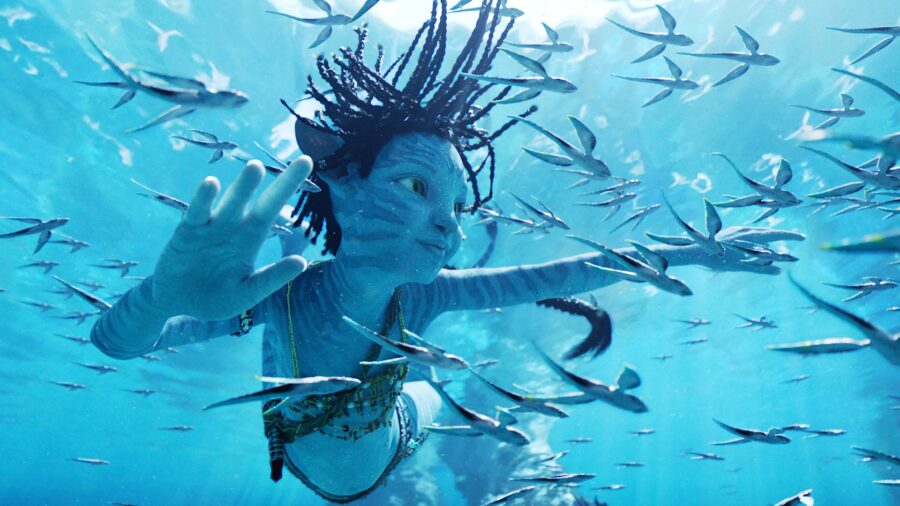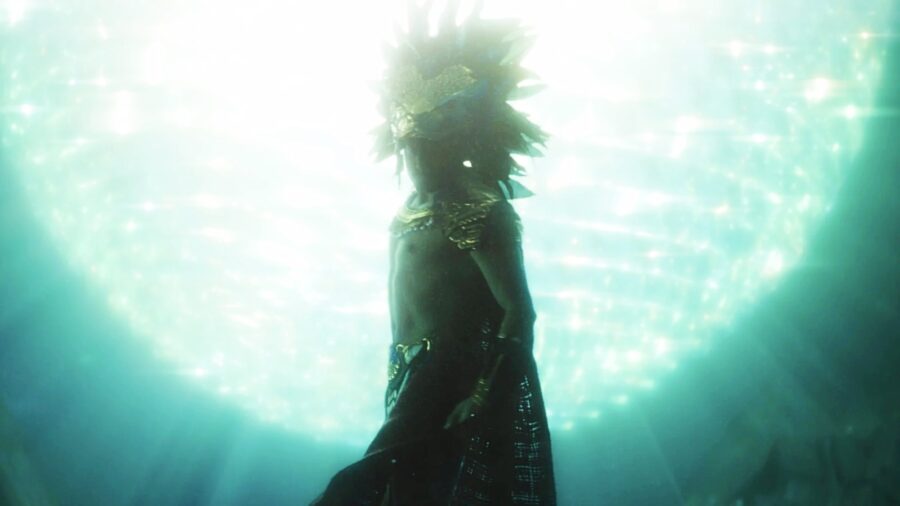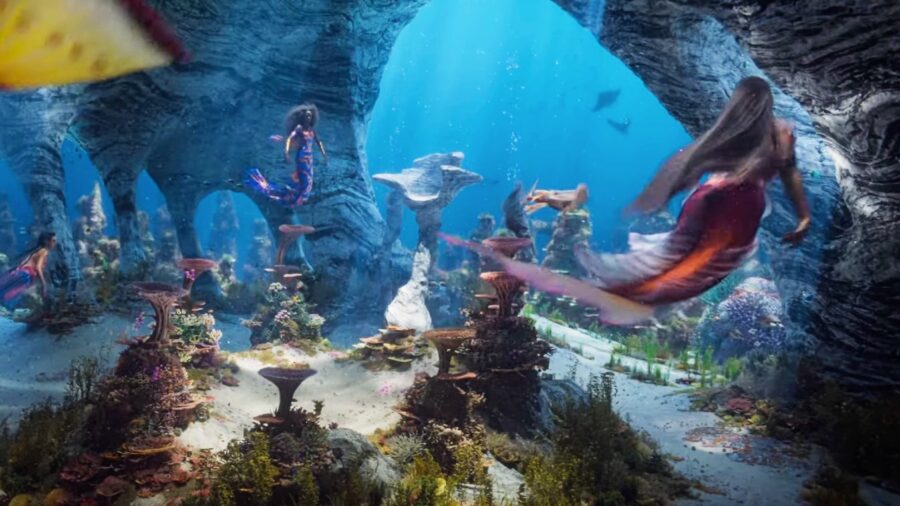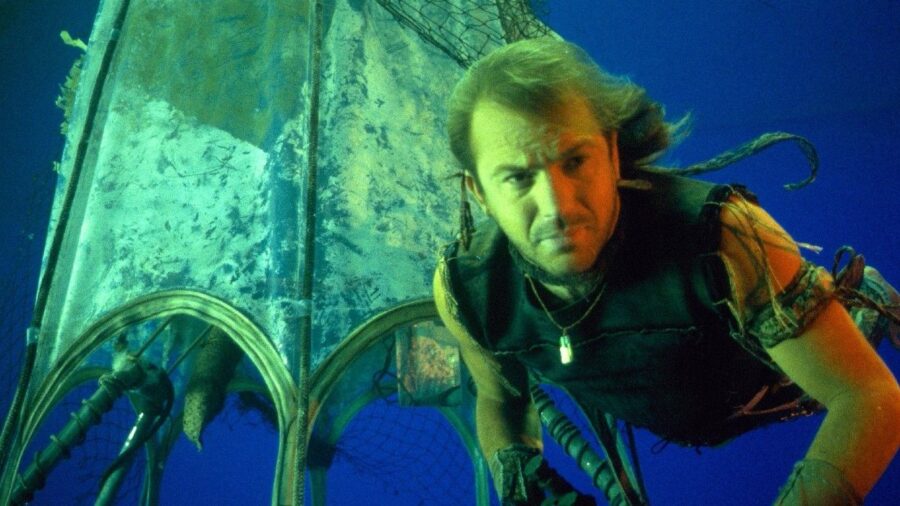Hollywood Needs To Stop With The Underwater Blockbusters
Hollywood is obsessed with making underwater blockbusters to distract from the unreality of CGI.
This article is more than 2 years old

It is no secret that the Hollywood film industry is a slave to trends. The history of American commercial cinema can essentially be boiled down to waves of whatever is popular until it is not; muscle-bound action heroes like Stallone and Schwarzenegger for the 1980s, Tarantino rip-offs for the 1990s, torture porn for the early 2000s, and so forth. We are right in the middle of a new trend and Hollywood really needs to take a break from its current obsession: underwater blockbusters.
For no clear reason, all of the biggest films in the world right now are set at least partially in expansive aquatic settings, from Avatar: The Way of Water to Black Panther: Wakanda Forever to the upcoming Aquaman and the Lost Kingdom and Disney’s “live-action” remake of The Little Mermaid. That does not even count lower-profile releases like the animated Megan Fox’s Naya Legend of the Golden Dolphin, Jason Statham’s The Meg 2: The Trench, or the surprising percentage of runtime in the latest Godzilla movies that is spent underwater.

So what gives? Why does Hollywood think that audiences are dying to rush out and buy tickets to the latest big-budget underwater blockbusters? It would be easy to assume that this is the latest permutation of the kind of film industry parallel evolution that brought us two different “asteroid hitting the Earth” disaster movies with Armageddon and Deep Impact in the same year.
However, that cannot entirely be the case with the current plethora of underwater blockbusters. James Cameron has been developing Avatar: The Way of Water since 2010, far before this trend. Both the Aquaman movies and Black Panther: Wakanda Forever are structured around characters inherently associated with water, rather than reverse-engineered. Even The Little Mermaid (cash grab that it may be) is part of the wave of Disney live-action remakes that stretch back as far as the late 1990s.

More likely, major studios like Disney and Warner Bros. Discovery are locked into the trend of underwater blockbusters for a more basic reason: they finally got good at aquatic CGI and are using it to distract. Most big-budget films these days are almost entirely shot on soundstages in Atlanta with massive CGI post-production, and audiences have started to notice. As the years go by and enthusiasm for the still-dominant Marvel Cinematic Universe seems to dwindle, one of the most common complaints is that “everything looks the same” because of all the green screens.
By transplanting the action into an otherworldly environment like below the surface of the ocean, perhaps studios are hoping that audiences can suspend disbelief in a different way than simply asking them to pretend New York City really looks like that (or Los Angeles or London or whatever). And honestly, it might be working with both audiences and critics.
Half of the marketing of Black Panther: Wakanda Forever was spent on describing how insanely detailed the CGI mechanics of the underwater scenes were, even to the point of having a full-time employee dedicated just to the motions of fish poop (or technically “marine snow”). Similarly, Avatar: The Way of Water has been promoted as much for being an underwater sensory experience than just one of your average, world-record-breaking blockbusters. These movies are only being promoted as stories to a certain degree, and the rest is all about “look how cool things are underwater.”
Ticket buyers do seem enthralled by the technological leaps forward that make underwater blockbusters more realistic than ever, but how long can that last? Studios certainly love the billion-dollar grosses that James Cameron (who, to be fair, has been obsessed with the ocean depths for longer than anyone) brings in with movies like these. But everything reaches a saturation point and underwater blockbusters have to hit that wall sooner or later.

Hollywood has always been fascinated with the kind of technical trickery necessitated by involving water in filmmaking, from the groundbreaking underwater reverse shot that opens the classic noir Sunset Boulevard to the mother of blockbusters Jaws to the ultra-expensive disaster that was Kevin Costner’s Waterworld. It should be no surprise that with the constant advances of CGI, the industry would try to make it work yet again.
And it seems to be working, at least for now. But you can’t survive on underwater blockbusters forever, Hollywood. Better start thinking of some other technical marvel to fascinate audiences before they start to notice that all these movies really just look kind of the same.












